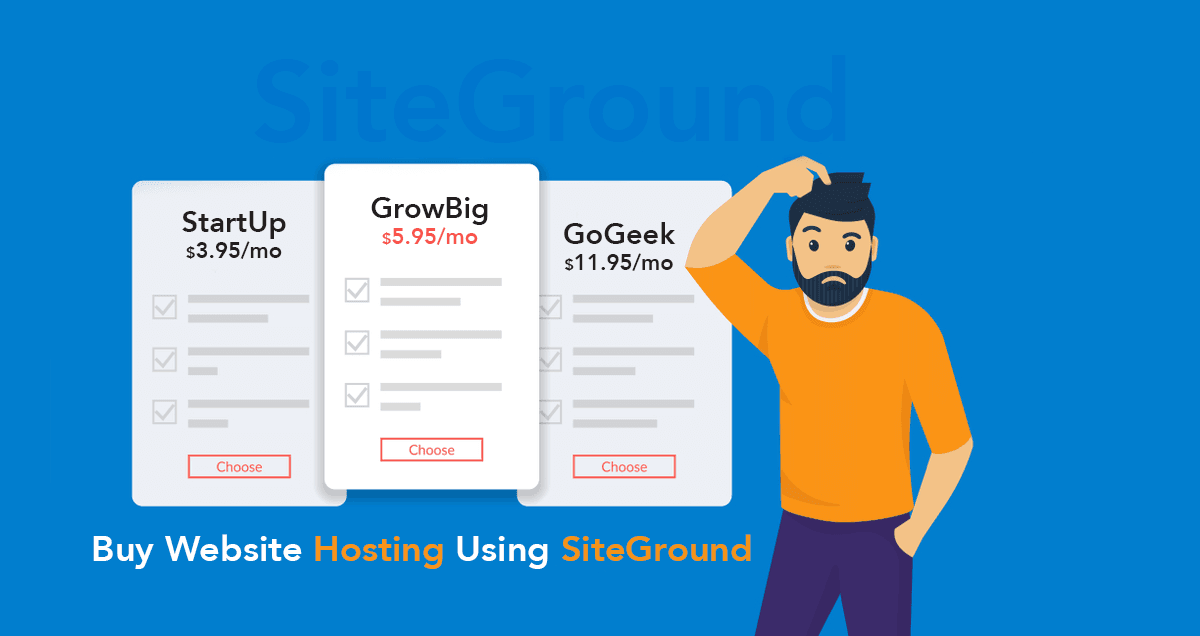
If you're looking to improve the security of your website, HTTPS is a good place to start. This helps prevent your website from getting hacked. Hackers will find it more difficult to steal personal or financial details. Here's why you should use it and how to implement it.
Why is HTTPS so important?
It encrypts the communication between your server and a browser. This helps to ensure that only you and your server can see the data. This is like a lock that secures the data inside a locked box.
It's also a way to show that you care about the privacy of your users and protect them from identity theft and other data breaches. An SSL-secured site is usually identified by a green padlock icon next to the domain in the address bar of your browser.
Search engine ranking:
Google's search engine results favor sites using HTTPS. This is a positive for your business, as it means that more people will visit your site and spend more time on it.

SSL offers a wealth of benefits, including protecting your customers and preventing them from hacking. It is essential for all ecommerce websites that process and store sensitive information like credit card numbers.
When your visitors are looking to buy something on your website, they want to feel confident that their information will be safe and secure. That's why it's so important for them to see that your site uses SSL and displays the padlock in your address bar.
If your visitors aren't sure whether they can trust your website, a padlock may help them to make a decision. It will also make them more likely to trust you as a company and continue to shop with you in the future.
Google gives a greater ranking to sites that use HTTPS, because it places a high value on security. It is possible to get that boost with minimal impact to your SEO campaign by changing from HTTPS to HTTP.
How do I make the switch?
To make the switch from HTTP to HTTPS, you need to update your website with a new SSL certificate. This can be complicated and require some work. But the benefits are well worth it.

It is important to be patient when making this transition. It's important to update your images tags, and change internal links.
Google should be informed so that your site can be indexed more quickly. In fact, you can even boost your SEO by getting an SSL certificate that has extra benefits, such as EV and OV certifications.
FAQ
How to Create a Static Website
To create your first static website, you'll need to choose between two options:
-
A Content Management System (also known as WordPress): WordPress): You can download this software and install it on your computer. You can then use it to build an important website.
-
How to Create a Static HTML Website. In this instance, you will need to write your HTML/CSS codes. If you are familiar with HTML, it's easy to do.
If you plan to build a large website, you may want to consider hiring an expert to create your static website.
But starting, you should probably go with option 2.
Can I build my website using HTML & CSS?
Yes, you can! You will need basic knowledge of web design and programming languages like HTML (Hyper Text Markup Language) and CSS (Cascading Style Sheets). These languages allow you create websites that can be viewed by anyone with internet access.
How much do web developers make?
You can expect to make between $60-$80 an hour working on your own website. However, if you wish to charge more, you can become an independent contractor. An hourly rate of $150-200 could be possible.
How do I create a free website?
It all depends on which type of website it is. Are you looking to sell products, build a website, or create a portfolio online?
It is possible to create a basic website with HTML and CSS (a combination HyperText Markup Language & Cascading Style sheetss). You can create a simple website with HTML and CSS. But most web developers recommend using a WYSIWYG editor (such as Dreamweaver, Frontpage).
Hiring a freelance developer is a good option if you don’t have much experience with designing websites. They can help you create a custom website based on your needs.
A freelance developer can charge you a flat fee per project or hourly rate. It depends on the amount of work that they do in a given time frame.
One example is that some companies charge $50-$100 for an hour. Larger projects will usually attract higher rates.
You can also find jobs on many freelance websites. It is possible to search on these websites before reaching out directly to potential developers.
Statistics
- When choosing your website color scheme, a general rule is to limit yourself to three shades: one primary color (60% of the mix), one secondary color (30%), and one accent color (10%). (wix.com)
- It's estimated that in 2022, over 2.14 billion people will purchase goods and services online. (wix.com)
- The average website user will read about 20% of the text on any given page, so it's crucial to entice them with an appropriate vibe. (websitebuilderexpert.com)
- Studies show that 77% of satisfied customers will recommend your business or service to a friend after having a positive experience. (wix.com)
- Is your web design optimized for mobile? Over 50% of internet users browse websites using a mobile device. (wix.com)
External Links
How To
What is website hosting?
Website hosting refers simply to the place that people visit when they visit a website. There are two types of website hosting:
-
Shared hosting is the cheapest. Your website files reside on a server owned by someone else. When customers visit your site, their requests travel over the Internet to that server. The request is sent to the server's owner who then passes it on to you.
-
Dedicated Hosting - This option is the most costly. Your website is hosted entirely on one server. Your traffic stays private as no other websites can share the same server.
Most businesses choose shared hosting because it's less expensive than dedicated hosting. Shared hosting allows you to have your website run by the company who owns the server.
Each option has its pros and cons. These are the key differences between them.
The pros of shared hosting:
-
Lower Cost
-
Easy To Set Up
-
Frequent Updates
-
It can be found at many web hosting providers
Hosting shared with others can cost as low as $10/month. However, this price typically includes bandwidth. Bandwidth is how much data you can transfer to the Internet. So even if you only upload photos to your blog, you may still pay extra money for high amounts of data transferred through your account.
You'll soon discover why you paid so much more for your previous host when you get started. Most shared hosts have very poor customer support. Although they will help you set up your site occasionally, you are on your own once you have done that.
A provider with 24-hour telephone support is a good choice. They will attend to any issues you have while you sleep.
Hosting dedicated:
-
More Expensive
-
Less common
-
Specific Skills Required
With dedicated hosting, all you need to maintain your website are provided. You don't need to worry about bandwidth usage or RAM (random access memory).
This means that upfront, you'll need to spend a bit more. However, once your business goes online, you'll discover that you don’t need as much technical support. You'll be able to manage your servers effectively.
Which is better for my business?
The answer will depend on the type and purpose of your website. Shared hosting is best for those who only need to sell products. It's simple to set it up and keep it updated. Because you share a server, you will most likely receive frequent updates.
However, dedicated hosting is the way to go if you want to build a community around your brand. Instead of worrying about traffic, you can concentrate on building your brand.
Bluehost.com has both. Bluehost.com offers unlimited monthly data transfers, 24/7 customer support, domain registrations free of charge, and a 30-day guarantee for your money back.